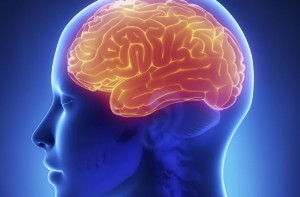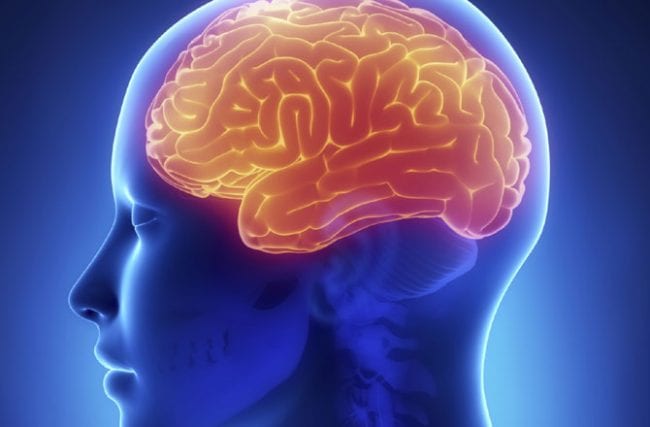 IN my previous blog, I stated some of the fears expressed over the future of AI if it should ever turn against its human creators.
IN my previous blog, I stated some of the fears expressed over the future of AI if it should ever turn against its human creators.
While still (hopefully) unlikely and avoidable, it is worth looking at some of the current research and development in this field for a better understanding of where it might be heading.
Since 2015, there have been huge advancements in the area called “deep learning”.
This is a specific approach used for building and training artificial neural networks (ANN) – inspired by the biological neural networks within animal brains.
Machines can ‘learn’ to do tasks by considering examples, allowing them to both learn the features and use them to perform a specific task.
Microsoft and Facebook have their own, in-house teams working on this branch of machine learning, already using it in things like speech and image recognition.
 In 2014, Google bought DeepMind Technologies. This British start-up had developed a system capable of learning how to play Atari video games. In 2015 they demonstrated the AlphaGo system which had learned to play ‘Go’ – a strategy-led board game more complex than chess – well enough to beat a professional player.
In 2014, Google bought DeepMind Technologies. This British start-up had developed a system capable of learning how to play Atari video games. In 2015 they demonstrated the AlphaGo system which had learned to play ‘Go’ – a strategy-led board game more complex than chess – well enough to beat a professional player.
So, that doesn’t sound very sinister does it? It’s just machines set up to mimic the way animal brains fire information along neurons.
It’s not like we’re talking about linking our brains to a computer or anything crazy like that. I mean nobody would seriously consider coming up with something that could be injected into our brain, merge with it and allow us to connect directly to a machine, right?
Erm ok. Remember how I talked about Elon Musk and his fears for the future when AI becomes, smarter than us? Well, part of his solution is something called a ‘neural lace’.
Last year, he tweeted: “Creating a neural lace is the thing that really matters for humanity to achieve symbiosis with machines”. He hopes that by using this technology, our cognitive abilities can be improved to, at least, match AI.
The process could involve having an ultra-thin mesh inserted into your brain via injection. Curled up, it will unfurl as it passes through the needle, spanning the brain and forming a collection of electrodes.
 The positive applications of this technology could change the lives of those suffering from neurodegenerative conditions such as Parkinson’s disease as well as helping people with artificial limbs connect to those body parts using their brain.
The positive applications of this technology could change the lives of those suffering from neurodegenerative conditions such as Parkinson’s disease as well as helping people with artificial limbs connect to those body parts using their brain.
Hypothetically, these systems could transmit signals wirelessly to external devices – yes, I am saying they could literally read our thoughts.
We already voluntarily share every aspect of our lives online. We allow apps access to our contacts and photos on our phones. We are constantly supplying the algorithms with new data to analyse and learn from.
It may be that in the future, once AI has achieved its full potential, it will destroy us all. Or, it might lead to utopia for the human race, where all jobs are replaced by machines and we can escape the born-work-retire-die, hamster wheel we’ve created for ourselves.
The only thing we can be certain of is that these billionaire technophiles are pushing the boundaries whether we want them to or not.
Let’s hope that in the race to be first, someone remembers to put in a ‘kill switch’, just in case.




